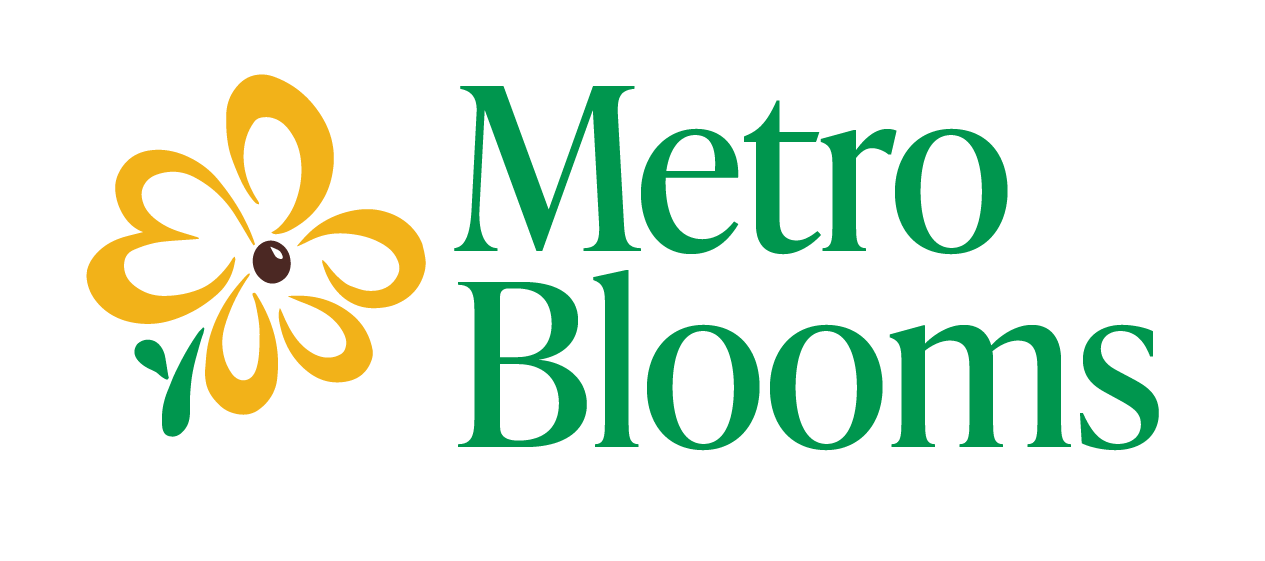Family: Poaceae (Grasses)
Scientific Name: Panicum virgatum
Native warm season perennial grass favoring dry to moist habitats, especially along shores, but occurs naturally on prairies, oak and pine woodlands, and in marshes as well.
Watch for: Coarse, tall grass up to 6.5 feet that grows in clumps and a beige inflorescence flower from July to October which branches out in a pyramidal shape. Leaves are linear, smooth, obviously veined and range from 8-20 inches in length.
Other names: Panic raide
History: This grass is native to every state in the US except California, Alaska and the Pacific Northwest. It is often used as high quality hay for livestock, planted on slopes and shorelines for erosion control and used as a low windbreak. Switchgrass is now being sought after as a source of biofuel as it produces moderate to high biomass yields on marginal lands.
Tidbits: Switchgrass offers cover and food for many species of small mammals and birds. It’s great nesting cover for pheasants, rabbits and quail and the seeds provide food for multiple species of game birds as well as songbirds.
Gardens/Cultivation: Switchgrass if often used in raingardens because of its ability to withstand seasonal drought and inundation. It requires full to partial sun and doesn’t require nutrient input. Switchgrass can become weedy in some habitats and may displace other native grasses if not properly managed. Many cultivars are available.
______________________________________________________
Sources:
USDA Plants Database. http://plants.usda.gov
Schmidt, Rusty and Shaw, Daniel. Plants for Stormwater Design Species Selection for the Upper Midwest. Minnesota Pollution Control Agency, 2003.
